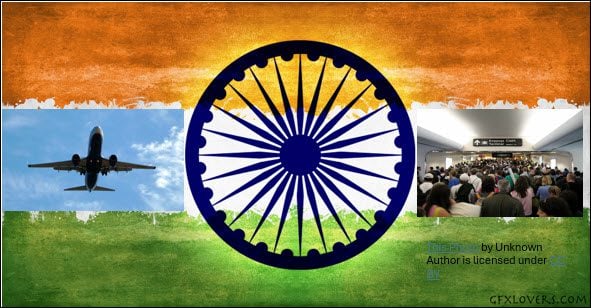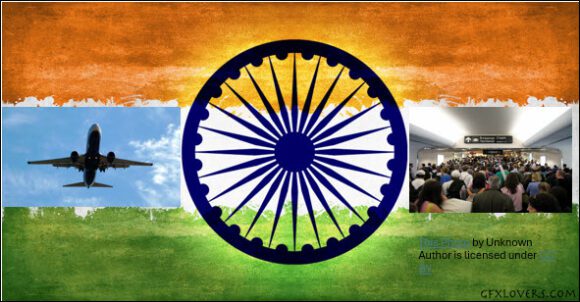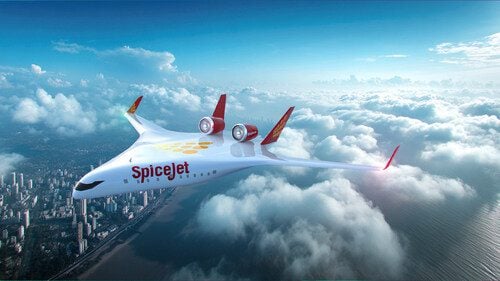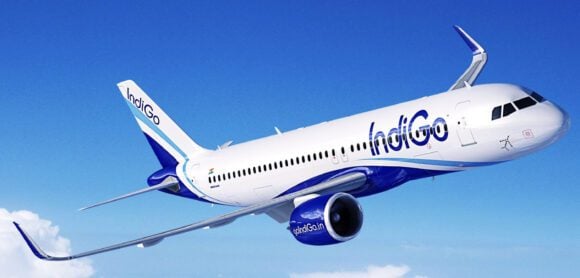
Indian aviation
In April, an Air India Express pilot in his 30s died of cardiac arrest shortly after landing a flight from Srinagar to Delhi. His sudden death sparked a wave of speculation—was it linked to poor rostering practices, long duty hours during circadian lows, or the mounting pressures of a fast-expanding aviation sector?
The incident prompted India’s aviation regulator, the Directorate General of Civil Aviation (DGCA), to issue sweeping new guidelines on July 2. Among the most notable changes: pilots will now undergo mandatory medical assessments at Indian Air Force (IAF) boarding centers.
The move came after it emerged that the deceased pilot had an underlying heart condition, yet the airline was unaware. This raised serious questions about how such ailments could slip through DGCA-mandated Class 1 medical screenings.
“All the required investigations for medical examinations at IAF Boarding Centres will be conducted at IAF Boarding Centres only,” the DGCA directive said. “Additional investigations, which are not available at IAF Boarding Centres, must be conducted at NABH/NABL/ISO-accredited laboratories, and original reports bearing QR codes and ID verification must be produced at IAF centres.”
The directive has triggered sharp backlash from India’s pilot community. Many took to social media to express frustration over the lack of civilian medical standards tailored to commercial flying. Pilot associations have also written to the DGCA seeking review.
A former IndiGo vice president of flight operations, Shakti Lumba, posted on X that DGCA still lacks clearly published civil medical standards—unlike regulators such as the UK’s CAA, the US FAA, or Australia’s CASA. Nor has India filed any differences with ICAO’s Standards and Recommended Practices (SARPs), he noted.
“In the absence of DGCA-defined standards, medical boards fall back on Indian Air Force norms. These are not aligned with modern civil aviation practices,” he wrote. “This results in flight crew being unnecessarily grounded—temporarily, in some cases permanently, adding pressure on airlines and violating ICAO compliance.”
Such overly stringent screenings, he added, will push experienced pilots abroad. A similar exodus occurred in the 1990s, leading to acute pilot shortages in Indian Airlines. To avoid this, India should follow the FAA model and establish a dedicated Civil Aviation Medical Establishment (CAME) with clear, modernized standards.
Airline executives share these concerns. They point out that military pilots face vastly different operating environments, and the IAF lacks both the infrastructure and legal mandate to scale for civil aviation.
India currently has around 800 commercial aircraft in service and more than 1,700 on order. Assuming an average annual fleet expansion of around 10%, roughly 80 aircraft could be added each year. Given the rostering requirement of about 14 pilots per aircraft—including captains, first officers, leave reserves, and training buffers—India will need to train and license over 1,100 new pilots annually to meet demand. That is a huge ask, given that, according to airline officials familiar with the matter, there often appears to be a shortage of simulator slots, trainers, or other resources, leading to training delays.
Meanwhile, all eyes are on the Air India Flight 171 crash. The cause remains unknown, but two critical developments this week—the analysis of the aircraft’s black boxes and a July 8 parliamentary panel grilling of the civil aviation ministry, DGCA, Air India, Boeing, and GE officials—could offer some answers.
With public anger running high after the deaths of all 260 people on board, regulators appear under pressure to act visibly and decisively. In the past month, the DGCA has issued multiple safety-related orders, including this one, and officials say there’s little chance they will be diluted anytime soon.
Views: 264



